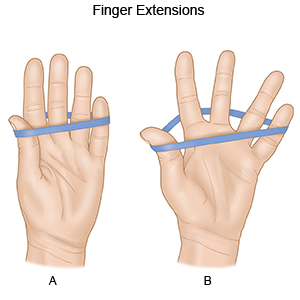The Amit Peled Peabody Cello Gang: Closing the Circle — by Amit Peled
Originally posted on Violinist.com. As a student, I was fortunate enough to experience the magic of performing music on stage with my great mentors Bernard Greenhouse, Boris Pergamenschikow, and Laurence Lesser, as well as see how each of them balanced their performing and teaching careers. The difference between listening to them explain how to create a phrase and actually forming that phrase with them on stage was huge and significant. Performing with my teachers was a vastly more effective lesson than a one-on-one in a studio, teaching me “on-the-spot” artistic decision-making, amending each performance to fit the energy of the hall. Ever since those transformative and magical moments, I knew that I would become a teacher and pass on the tradition of sharing music with my own students on stage. [...]
LA Story: A Recital of New & Unusual Works for Cello & Piano from Hollywood’s Golden Age — by Brinton Averil Smith
Like many string players I grew up loving the Heifetz recording of the Korngold Violin Concerto, and a general obsession with Heifetz led to an interest in the composers he championed, in particular composers like Korngold, Rózsa, Castelnuovo-Tedesco and others who lived in Los Angeles during the mid-20th century. This inspired a project last April to revive the Castelnuovo-Tedesco cello concerto for its first performance since its 1930s debut performances with Piatigorsky and Toscanini. The recording of our 'reboot' will be released this June on Naxos, but reading and studying about Castelnuovo-Tedesco's relationships with the film studios, Heifetz, Piatigorsky, and the other musicians and composers living in LA gave me a new appreciation for the incredible depth of musical talent that existed in Los Angeles in the middle of the [...]
Practicing, Some Practice Advice (Part 1) — by Michael Haber
I've written this brief essay for purely selfish reasons: I like to see my students improve. When they do, I feel happy, they feel happy, I go home for dinner a happy man. What follows is intended to help you organize your practicing, and your thinking about your practicing, in an effective way. Your progress, mine too, depends on the quality and quantity of this work. It's also intended to encourage you to practice, period. Not all of my students are always inclined to work as well and as much as they should. I should confess from the beginning that I have always loved practicing. It is the royal road to instrumental mastery and the incomparable satisfaction of playing music as well as it deserves to be played. I have [...]
Castelnuovo-Tedesco’s Forgotten Masterpiece — by Brinton Averil Smith
With over 200 film scores to his name, it's more likely that you've heard Mario Castelnuovo-Tedesco's music than his name. Castelnuovo-Tedesco was born in Florence in 1895 into a family that had been in Italy for generations, since the expulsion of Jews from Spain in 1492. His career as a composer began with conservatory study in Italy, and by the 1920s he was beginning to garner attention in greater Europe. In 1932 Mario began a lifelong friendship with the guitarist Andres Segovia, who inspired perhaps his most famous work, the Guitar Concerto No.1, and became an important champion of his music. It is largely due to Segovia's influence that Mario wrote over 100 works for the guitar, which today form an important and frequently heard part of that instrument's repertoire. [...]
Announcing CelloStream Master Classes 2016 – 2017
Streamed live from Pierce Hall at New England Conservatory in Boston COMING 2016 - 2017: YO-YO MA Monday, October 24th 2016 2:00 - 4:30 pm ET LAURENCE LESSER Sunday, November 13th 2016 7:00 - 9:30 pm ET ANDRÉS DIAZ Tuesday, December 6th 2016 7:00 - 9:30 pm ET PAUL KATZ Sunday, February 19th 2017 7:00 - 9:30 pm ET JOEL KROSNICK Friday, March 31st 2017 1:30 - 3:30 pm ET To tune in for a live-viewing of a CelloStream Artist Master Class, please navigate to the CelloStream page at the appropriate time. To read bios of previous CelloStream master class artists, please see below. PREVIOUS MASTER CLASSES JOEL KROSNICK TRIBUTE Mar 23rd 2016 7:30 pm EDT Joel Krosnick has performed as soloist, recitalist, and chamber musician around the world. As a member of the Juilliard String [...]















